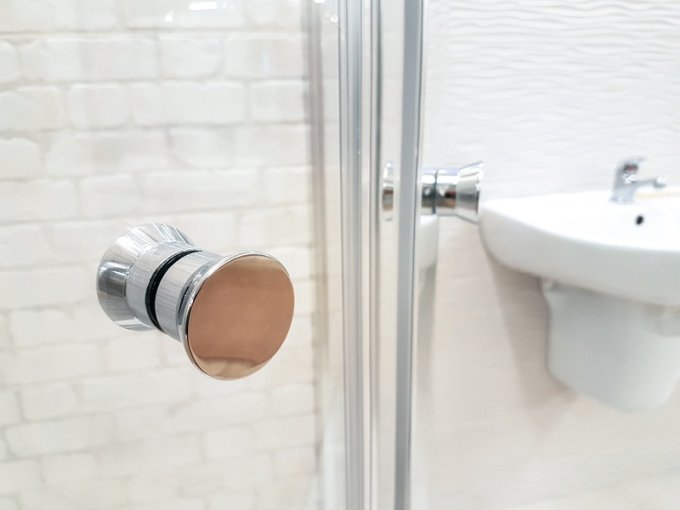When planning or renovating a bathroom, the placement of plumbing is a crucial consideration. The idea of having your bathroom pipes “go anywhere” is appealing for its promise of design flexibility, but in reality, it is constrained by several important factors.

Table of Contents
Structural Considerations
- Building Layout and Structure: The architecture of your home significantly influences where bathroom pipes can be installed. Plumbing systems typically rely on gravity for drainage, which means that waste pipes must maintain a downward slope to ensure efficient flow. In multi-story buildings, bathrooms are often stacked vertically to align with the main waste stack, facilitating effective drainage without extensive horizontal runs.
- Joists and Beams: The placement of pipes must also account for structural elements like joists and beams. Cutting through these can compromise the structural integrity of your home, so pipes must be routed around or through pre-existing gaps. This often limits the flexibility of pipe placement, especially in older buildings with irregular joist spacing.
Plumbing Codes and Regulations
- Compliance with Codes: Plumbing codes are designed to ensure safety, health, and efficiency in plumbing installations. These codes specify minimum standards for pipe sizes, materials, and installation practices. Adhering to local plumbing codes is mandatory, and they often dictate where pipes can and cannot be run. For instance, codes may restrict the placement of certain pipes in exterior walls to prevent freezing.
- Venting Requirements: Proper venting is essential for maintaining neutral air pressure in the drainage system, allowing water and waste to flow freely. Vent pipes must connect to the outside, typically through the roof, which can limit where your bathroom fixtures are placed relative to existing venting infrastructure.
Practical Considerations
- Pipe Length and Water Pressure: The longer the pipes, the more potential there is for pressure drops, particularly for water supply lines. Ensuring adequate water pressure at fixtures may necessitate strategic placement of pipes and consideration of booster pumps or larger pipe diameters.
- Access for Maintenance: Pipes should be installed in a manner that allows easy access for future repairs or maintenance. Concealing pipes behind walls and floors can make this challenging, but access panels or strategic placement can mitigate some of these issues.
- Cost Implications: Extending or rerouting plumbing can significantly increase the cost of a bathroom renovation. Running new pipes through existing walls, floors, or ceilings involves labor-intensive work, often requiring additional materials and time. Cost is a practical limitation on how freely pipes can be placed. You can work with a bathroom designer like Nonpareil Solutions in Wheathampstead to rework your bathroom in a way that improves the flow but that minimizes pipe movement and cost.
Modern Solutions and Technologies
- Flexible Piping Materials: Modern plumbing materials like PEX (cross-linked polyethylene) offer more flexibility than traditional copper or PVC. PEX can be snaked through walls and around obstacles more easily, which can increase the flexibility of pipe placement to some extent.
- Macerating Toilets and Pump Systems: These systems allow for greater flexibility in the placement of toilets and other fixtures. Macerating toilets grind waste and use a pump to move it to the main drain line, which can be located further away. This technology can enable bathroom installations in locations that would otherwise be impractical.
Conclusion
While the notion of having bathroom pipes “go anywhere” is appealing, it is constrained by structural, regulatory, and practical considerations. The architecture of your home, compliance with plumbing codes, and practical issues like water pressure, access for maintenance, and cost all play significant roles in determining pipe placement. However, advances in plumbing technology and materials are gradually increasing the flexibility of pipe installations, allowing for more innovative and adaptable bathroom designs. Ultimately, careful planning and consultation with a professional plumber are essential to achieve the desired balance between design freedom and functional efficiency.




